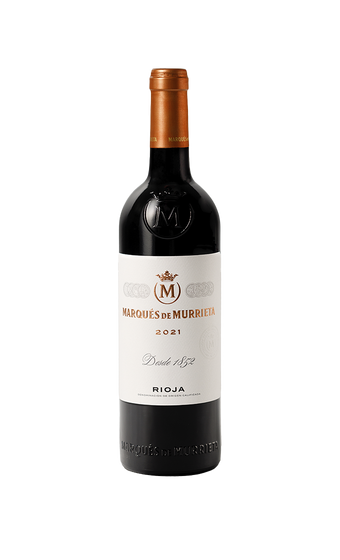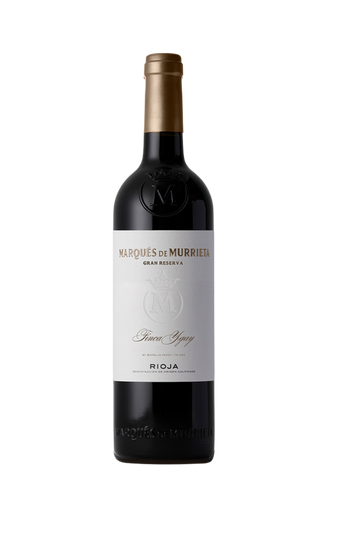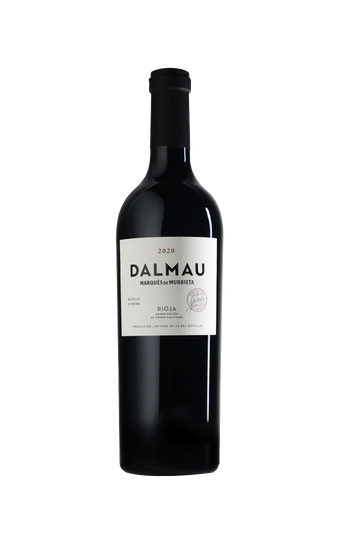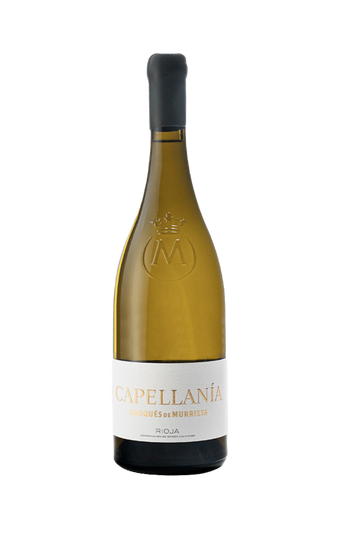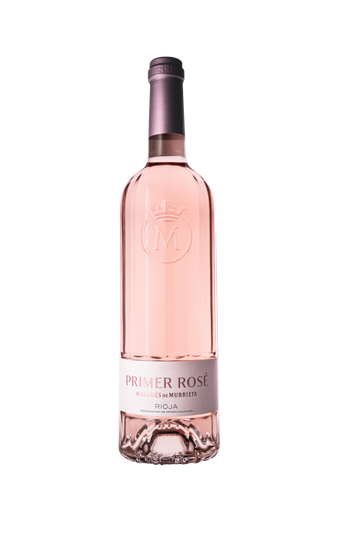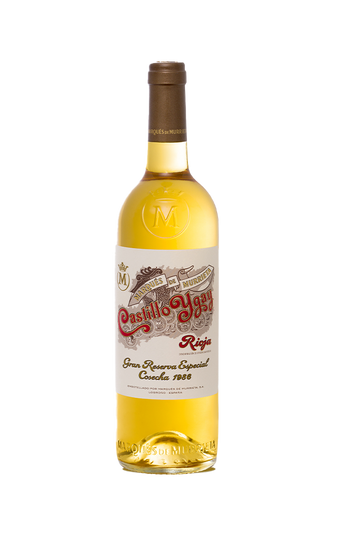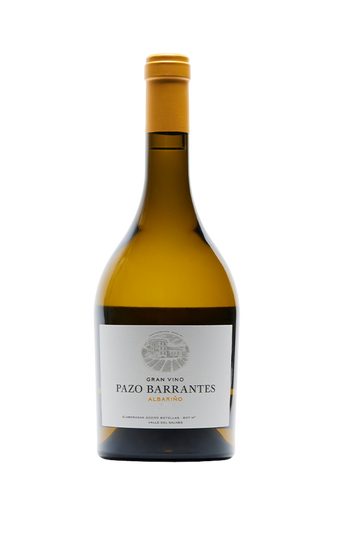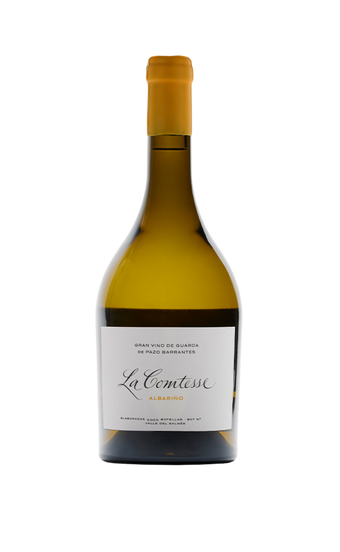
Today we share some of our best kept secrets so that you get to know us better: the 5 secrets you should know.
The origin of the Marqués de Murrieta winery Dates back to the 19th century when Don Luciano Murrieta, Marquis of Murrieta And a man ahead of his time, he built the Castle of Ygay and brought to Spain the techniques of Bordeaux making. Thus began the myth of Rioja wines and, therefore, to speak of the origin of Rioja wine is to speak of the origin of our winery.
And it was precisely at the end of that century when the first riojas in small oak barrels were exported, sailing the seas to Cuba and Mexico. 50 barrels were sent to Havana and another 50 to the Mexican port of Veracruz. Although the latter were unable to disembark, as the ship that was transporting them, upon entering the port and due to a strong storm, was shipwrecked.
Thus, after more than 165 years of research to find the best techniques and secrets of production, the wines produced in our wineries receive, year after year, the best scores from wine critics. In fact, our wine 1986 Great Special Reserve Ygay Castle White It was the first white wine in the history of Spain to achieve the best score that a wine can get, the 100 Parker points. A pride!
Marquis of Murrieta Primer Rosé It is a special wine, and not only because it is one of the few rosés made with 100% mazuelo grapes, but also because the design of its bottle lasted as long as a pregnancy. Yes, for nine months the design of the bottle was worked and refined to the current spectacular appearance. Due to its careful elaboration and the care in the design of its bottle, it is a unique wine that reveals an unexplored world within rosé wines.
In addition, today, the Marqués de Murrieta winery has many secrets inside Ygay Castle: an impressive collection of documents from the time of D. Luciano and up to 70,000 bottles of historic vintages. Everything makes the founding building of the winery not only a workplace, but a true museum open to the public to transmit a culture.


